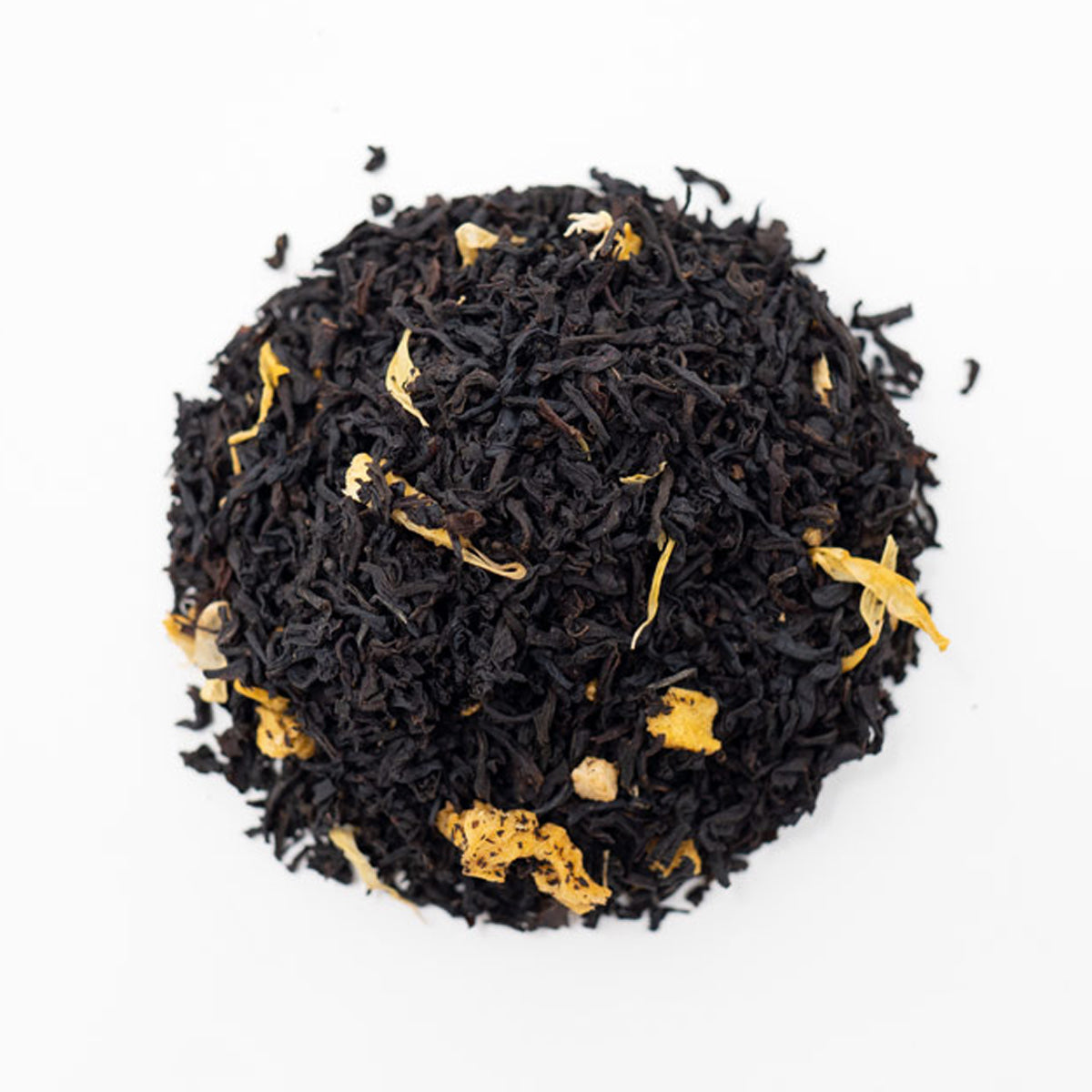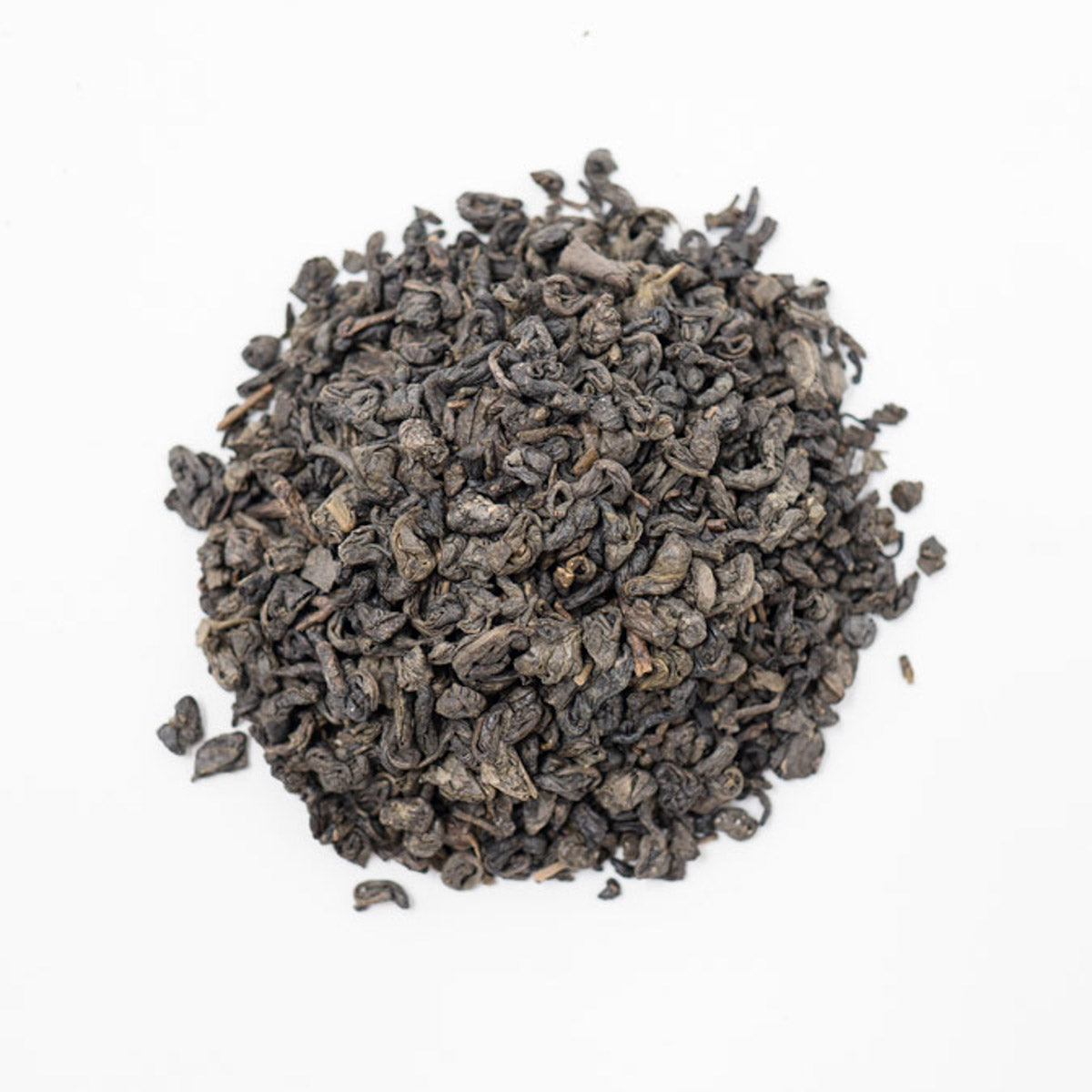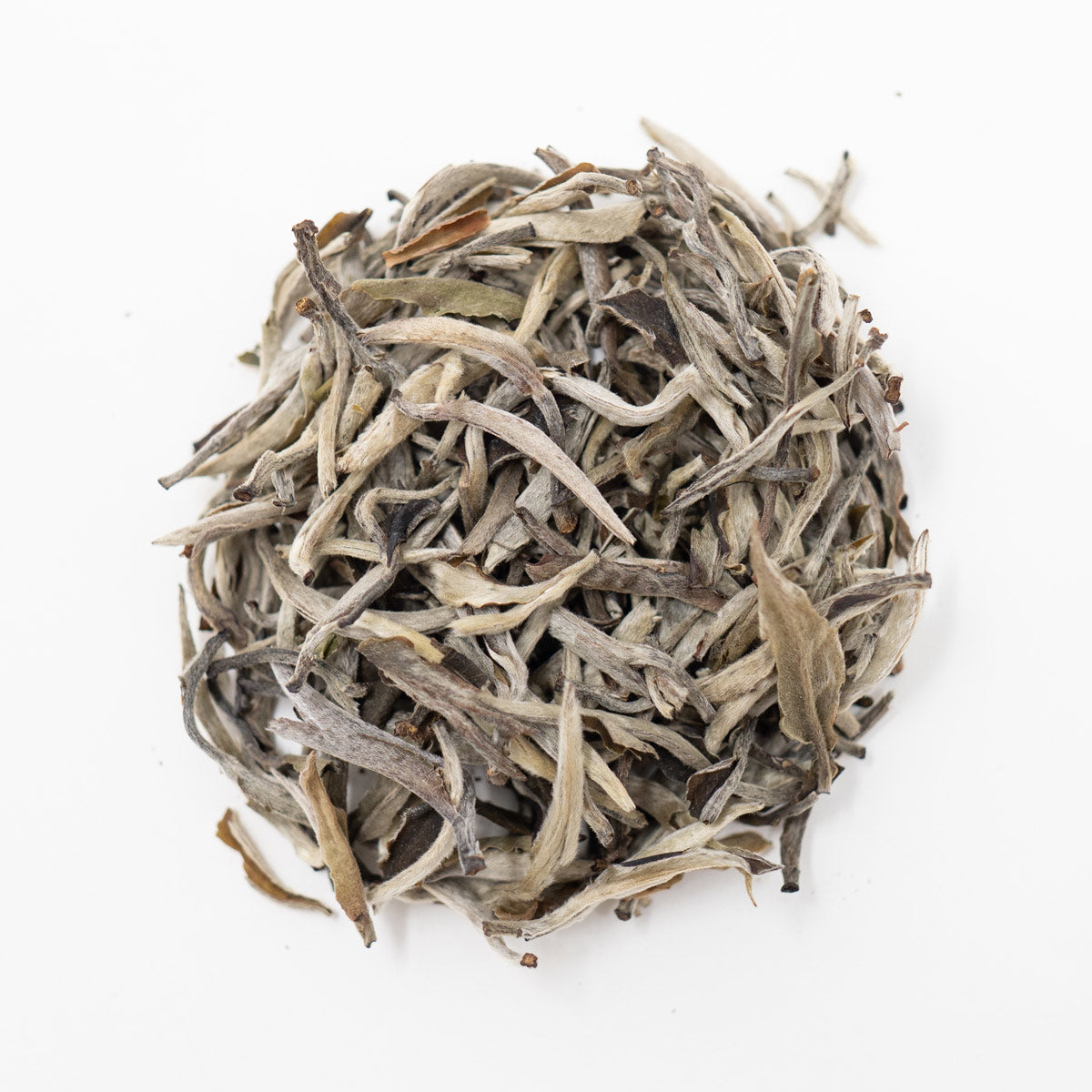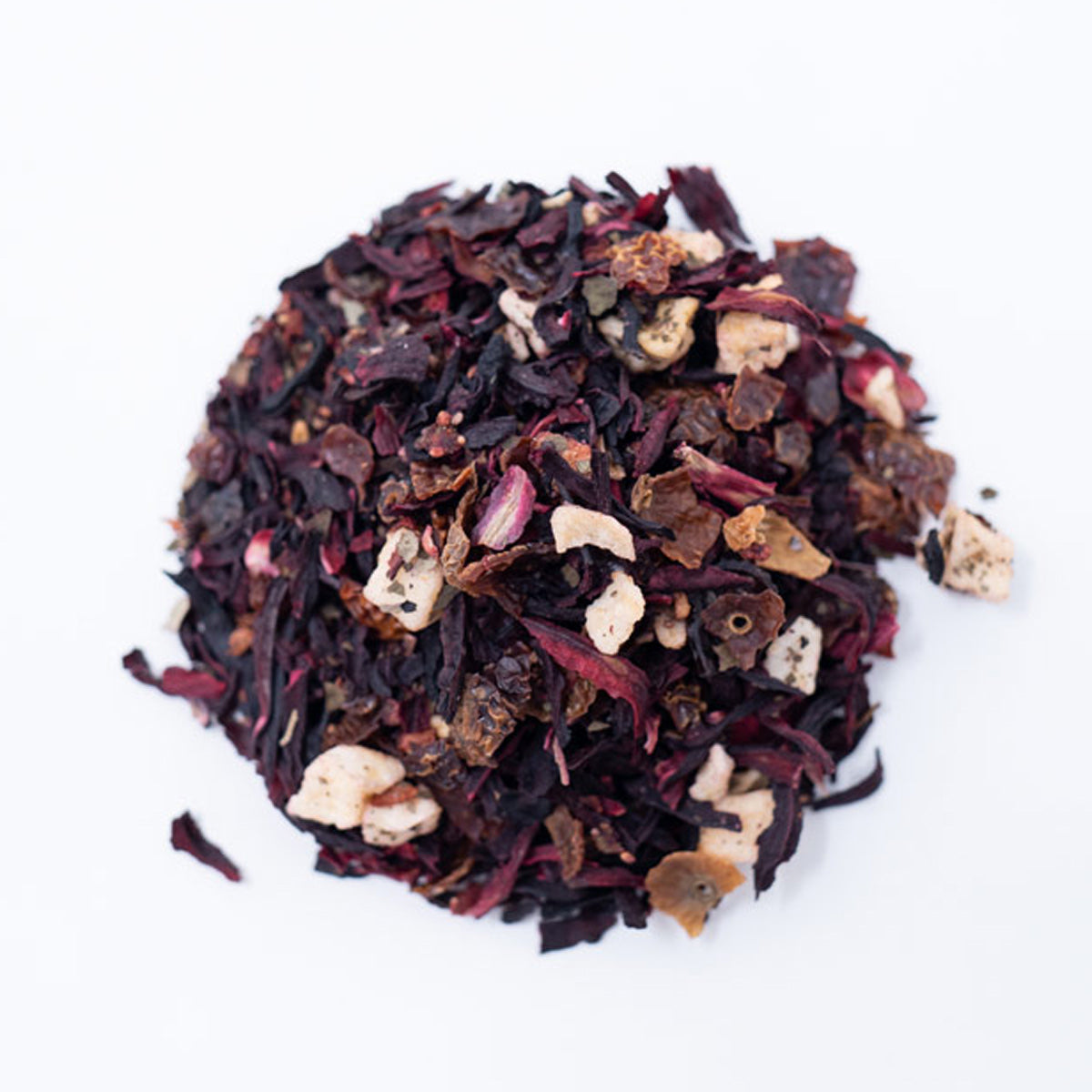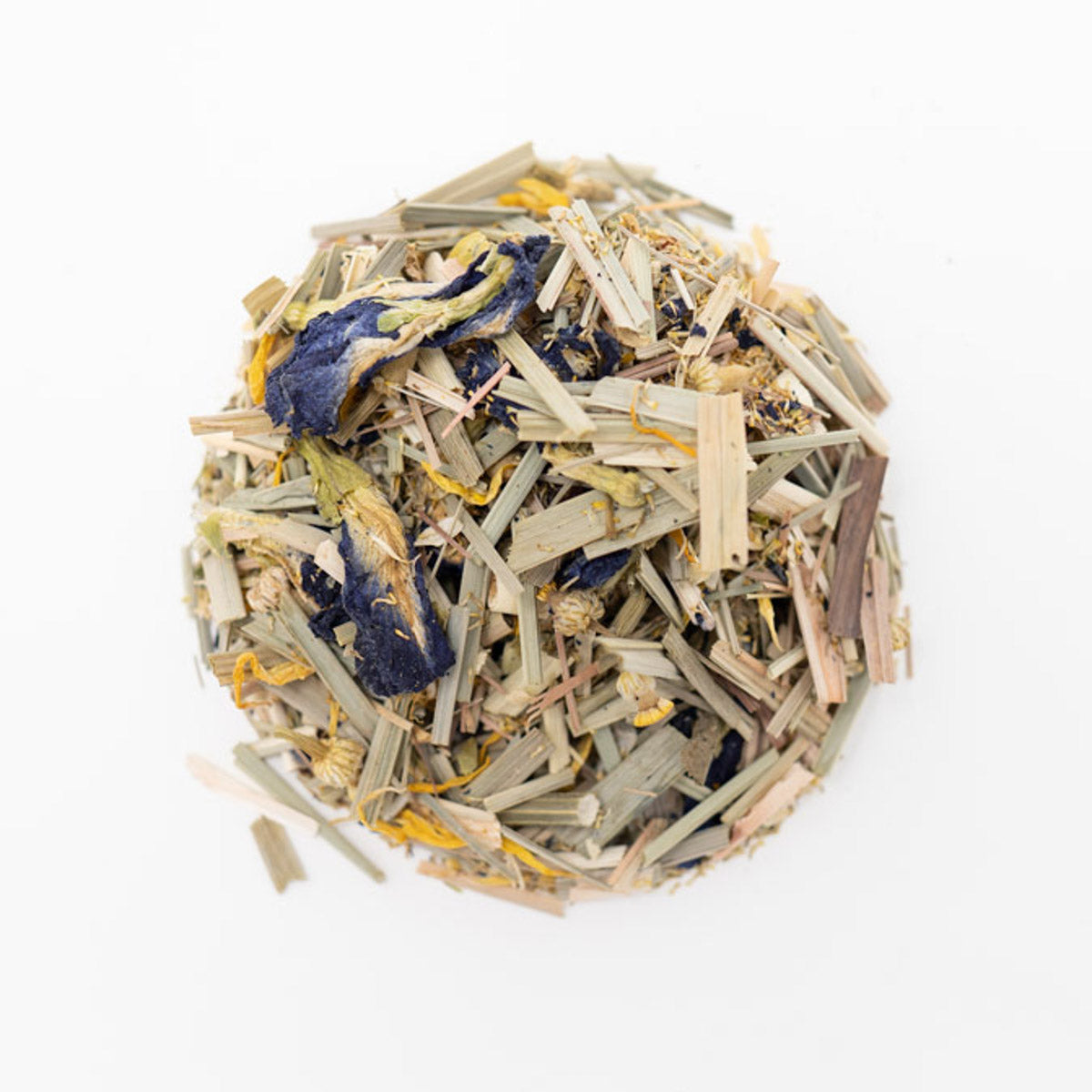Pu-erh Tea 101 | The History, Uniqueness, and Health Benefits
History
Pu-erh tea originally came from the Yunnan Province in China in 225 BC. Pu-erh grew in popularity for its unique and delicious flavor due to its extended period of fermentation. It was also easier to transport throughout China because it wouldn't spoil. Pu-erh would soon gain popularity through the Han, Tang, Ming, and Qing Dynasties. The tea was often transported via mules, horses, and long caravans. Some journeys would be very long, so tea that could improve with aging and fermentation would only be helped by a long trip. Pu-erh is known to be the original black tea, although a better name is dark tea. The modern title of black tea to the Chinese is red tea, leaving the true name of black or dark tea exclusively to Pu-erh.
How is Pu-erh Unique?
Like all true tea, Pu-erh comes from the Camellia sinensis plant, particularly the larger leaf called the Dayeh. These leaves come from old and mature plants that are about 500-1000 years old. They're grown in temperate regions, and although they can be harvested year-round, the ideal time is in the spring. So Pu-erh isn't your ordinary black tea. It's not just aged during processing, it's also oxidized like black tea. There is another significant difference in Pu-erh from traditional black tea, which is the fermentation process. Some people use fermentation and oxidation interchangeably, but that's not accurate. Fermentation and oxidation are two different processes.
Oxidation is the process of exposing tea leaves to oxygen which causes them to become darker. While all tea comes from the Camellia sinensis plant, the difference in flavor depends on the level of oxidation. Fermentation is the process of introducing microorganisms into the aging process of leaves. In the past, leaves would be placed in a warm, dark, and moist cave where leaves would be piled and periodically turned, sometimes occurring over years. Today, the process is much more controlled. A process called "wet piling" is used, which dampens leaves over time, resulting in Pu-erh tea. By controlling the environment, the highest quality of Pu-erh tea can be produced. Pu-erh is like the wine of tea. Perfect ingredients with the ideal aging and fermentation process deliver the best wine and tea. The oxidation process continues throughout the fermentation process, making Pu'erh the most oxidized and most fermented tea available.
Pu-erh Health Benefits
Pu-erh is a very different kind of tea because its processing is so unique. Pu-erh is the most oxidized and fermented tea setting it apart from other teas. The leaves that are used are the longest and oldest of the Camellia Sinensis plant. The extra fermentation and oxidation create an environment where antioxidants increase to higher levels than any other tea. These increased antioxidants give Pu-erh tea an edge when you’re looking for something that may improve your health. Since it comes from the Camellia Sinensis plant, it contains caffeine. As with any other ingredients used for health purposes, always contact a health professional about any supplement, including tea.
The number of antioxidants in Pu-erh tea can help with overall digestion and detox. According to some studies, it may help the overall health of your skin. Some moisturizer companies include it as an ingredient for skincare. Benefits don’t just stop there. Pu-erh may help with blood circulation, blood pressure, insulin resistance, and improve your metabolism overall.
China has used tea for medicinal purposes for centuries and Pu-erh is no exception. While there aren’t conclusive medical studies, Pu-erh has properties that show promise.
